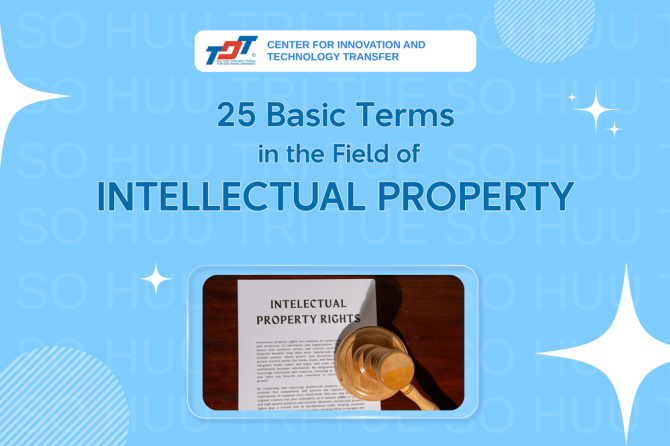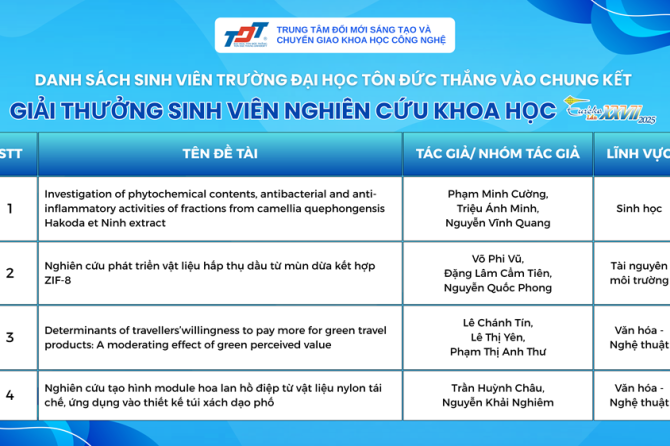Open Innovation and Artificial Intelligence: Synergy or Substitution?
Over the past two decades, the concept of Open Innovation (OI), introduced by Henry Chesbrough, has fundamentally changed the way many companies approach innovation. Whereas firms previously relied primarily on internal R&D, OI encourages the use of external sources of knowledge — from research institutes and startups to user communities — to accelerate innovation. However, the rapid rise of Artificial Intelligence (AI) in recent years is creating a new turning point: will AI become a catalyst that accelerates OI, or gradually replace its core principles?
The paper “Open Innovation in the Age of AI” (California Management Review, 2024) provides a comprehensive analytical framework to answer this question. According to the authors, AI is influencing OI in three main ways: enhancing, enabling, and replacing.

(Source: California Management Review, 2024)
AI Enhancing Open Innovation
At this level, AI serves as a complementary tool that increases the efficiency of traditional OI activities. For example, idea scouting is no longer limited to brainstorming sessions or customer surveys — it can now be conducted through big-data analysis of social media, sentiment analysis, or trend prediction models.
AI also optimizes the idea evaluation process, which previously relied heavily on human experts. Research has shown that AI is particularly effective in eliminating low-quality ideas, thereby reducing the workload for humans and allowing them to focus on high-potential initiatives. Moreover, AI can personalize feedback to idea contributors — an important factor in maintaining long-term engagement with innovation ecosystems.
Another notable aspect is AI’s ability to connect firms with suitable partners in the innovation network. Machine-learning platforms can scan academic publications, patent databases and expert profiles to suggest potential strategic partners — a task that formerly required many months of manual effort.
AI Enabling New OI Models
Beyond support functions, AI is creating entirely new forms of collaboration and innovation. A good example is the TONEX platform in the music industry, which enables artists to “digitize” the sound of vintage amplifiers using AI and sell them in digital form. This allows people without access to physical equipment to use high-quality sounds in their creative work — demonstrating that AI can not only support the innovation process, but also create new markets and business models based on digital knowledge assets.
Another example is Recorded Future, a company that analyzes data from the Internet and dark web to generate “open intelligence” for cybersecurity. Thanks to AI, publicly available data — previously overlooked — has become a valuable resource and enabled new business models that leverage open knowledge.
AI is also boosting federated learning models, which allow multiple organizations to train a model together without sharing raw data. This is especially important in sensitive sectors such as healthcare, finance and smart cities, where data-sharing is constrained by legal or ethical concerns.
AI Replacing Traditional OI Practices
At the highest level, AI can fully replace traditional OI activities. In the past, ideas were a scarce asset and attracting external ideas was the main objective of OI. Today, AI can autonomously generate ideas based on market trends, user behaviour and historical data. Some studies even suggest that, in certain contexts, AI can propose more innovative ideas than humans.
Finally, multi-agent systems — where AI agents automatically communicate, negotiate and implement initiatives — are gradually replacing human cooperation. These systems can operate more efficiently, flexibly and at larger scale than traditional OI models dependent on human organizational capacity and management.
How can the future of AI and human collaboration be aligned?
Although AI has the potential to replace many aspects of OI, the authors argue that the future of innovation still requires a combination of AI and human input. Humans remain essential for contextual judgment, ethical decision-making and emotional creativity — elements that AI cannot yet replicate. Therefore, hybrid innovation models are considered the most sustainable path forward: AI handles data processing and recommendations, while humans take responsibility for evaluation and connection.
However, risks should not be ignored: over-reliance on AI could erode human thinking skills, increase dependency and lead to privacy concerns. Recent legal disputes over the use of data to train AI models clearly illustrate the need for appropriate policy adjustments.
Conclusion: AI is no longer just a tool for innovation — it is reshaping the very concept of open innovation. If strategically integrated, AI will become a powerful ally in expanding opportunities for creativity. Conversely, if poorly managed, it could undermine the spirit of collaboration — the core foundation of OI.
Sources:
Holgersson, M., Dahlander, L., Chesbrough, H., & Bogers, M. (2024). Open Innovation in the Age of AI. California Management Review, 67(1), 5-20.





